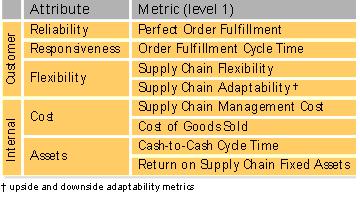In a previous life I was in charge of management reporting for the pan-European logistics organization for Compaq. My team was responsible for monitoring and reporting the daily, weekly, monthly and quarterly performance and progress of the operations. We provided reports on shipments-to-date, invoices send, estimated shipments for the remainder of the day, week or month, order cycle time and average shipment lead-times, and on and on. None of these metrics would keep me awake at night or would cause heavy discussion on accuracy and validity of the metric.


















